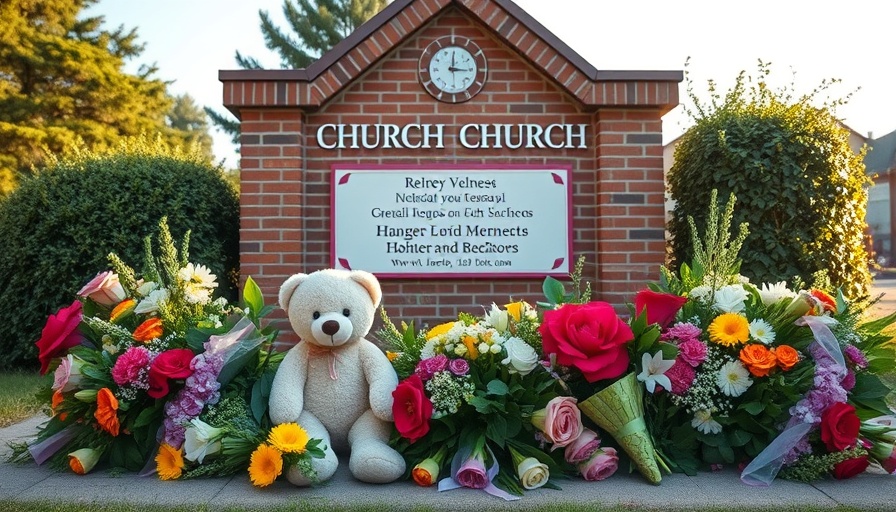
The Hidden Power of Fashion in Political Discourse
As political tensions rise in contemporary America, the intersection of fashion and ideology becomes increasingly pertinent, especially in the context of the recent discourse regarding Donald Trump’s so-called "unspoken dress code." The New York Times recently posted advice to individuals feeling constricted by these perceived fashion norms, suggesting that clothing could serve as a means of resistance against traditional gender stereotypes. This raises important questions: how much can what we wear communicate our political beliefs, and can fashion truly be a form of protest?
Understanding Gender Norms in a Political Context
In a deeply polarized environment, the pushback against the resurgence of outdated gender norms reveals the broader societal debates about identity and expression. As indicated in both the New York Times article and Nolte's critique, the emphasis on a classic portrayal of masculinity and femininity has become prominent in the Trump administration, correlating with legislative actions and cultural shifts seen across the U.S. By wearing clothes that defy these norms—such as men opting for traditionally feminine attire or women rejecting high heels—individuals are not just making fashion choices; they are participating in a larger narrative challenging traditional views.
Fashion as a Form of Rebellion
The concept that attire can serve as a commentary on societal norms has historical roots. From the suffragettes sporting trousers to make statements about female empowerment to punk rockers employing outlandish styles to reject conformity, the act of sporting unconventional dress has long been a powerful form of rebellion. Today, what one wears expresses more than just aesthetic choice; it reflects personal beliefs and political aspirations, underscoring the individual's positioning against mainstream expectations.
Polling Data on Clothing and Political Affiliations
Interestingly, recent surveys have indicated a correlation between clothing choices and political affiliations. For instance, polling suggests that individuals who identify as Democrats often prefer more progressive, bold styles that challenge the status quo, whereas Republicans may lean toward more conservative wardrobes. This political sartorial divide suggests that even the choice of clothing has become woven into the fabric of partisan identity, illustrating yet another layer of how fashion is intertwined with political expression.
Trump's Symbolism and the Cultural Discourse
Trump’s administration, as Nolte notes, has ignited concerns regarding the implementation of traditional dress codes that feel restrictive to many activists. Simultaneously, the more casual dress that is emblematic of the modern workplace represents a stark contrast to this new wave of conservativism, prompting unease among fashion-forward thinkers. The underlying dynamics of this cultural discourse signal that fashion is not merely about clothing but about social positioning, advocacy, and the ongoing struggle for personal expression. The ongoing expression through attire is not just a matter of aesthetics but a fundamental aspect of personal and political identity.
Call to Action: Redefining Personal Expression Through Fashion
As we navigate the evolving political climate, it is vital to understand the significance of our wardrobe choices and how they serve as expressions of identity and ideology. Engage in thoughtful dialogue around these topics and consider how your own wardrobe reflects your views. Experiment with how you present yourself through fashion; whether intentionally or not, your clothing speaks volumes about who you are and what you stand for. In doing so, we can reclaim fashion as a tool of empowerment and individual resistance.
 Add Row
Add Row  Add
Add 




Write A Comment